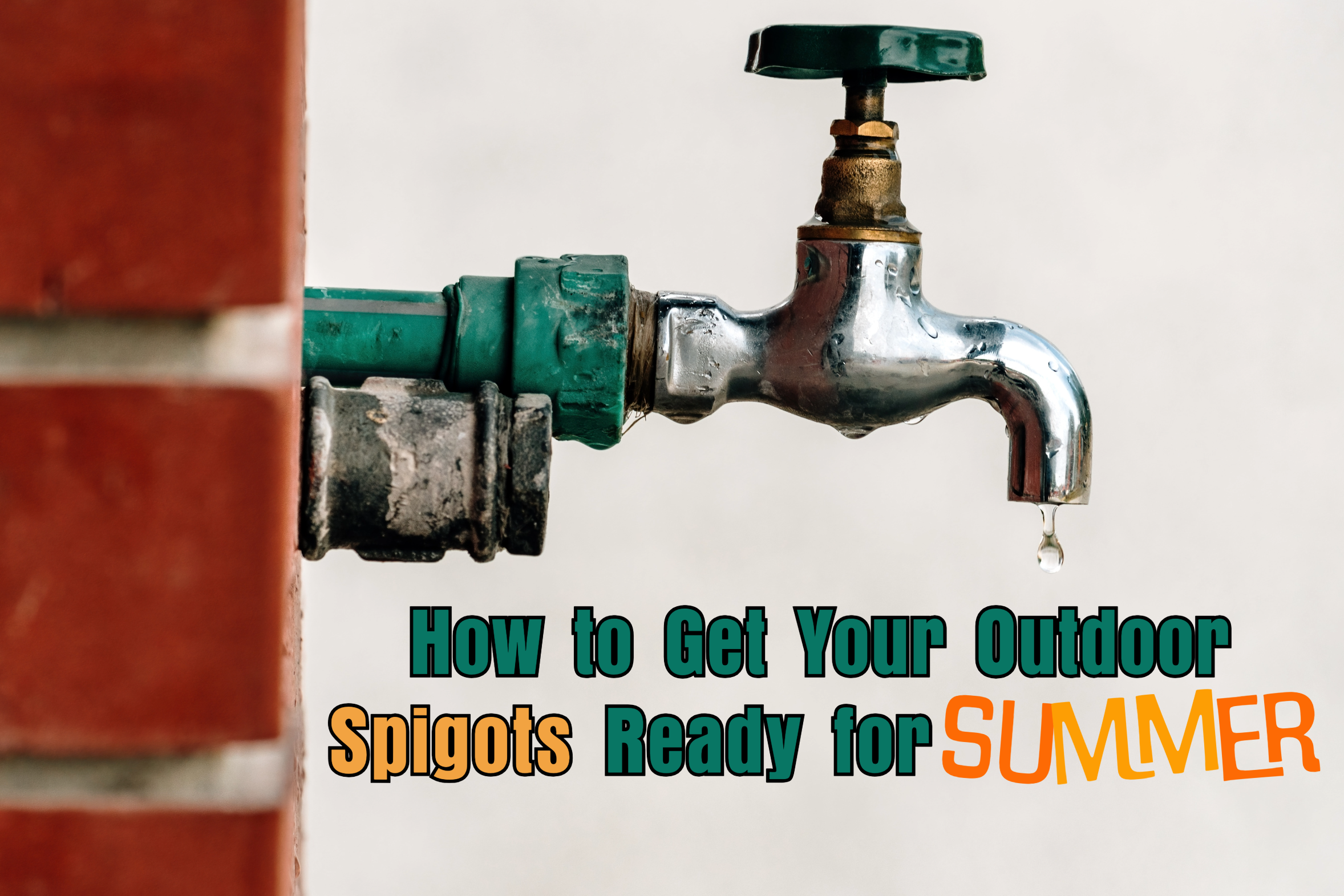As we head into the summer months, this is a great time to make sure your outdoor plumbing is all set for all the watering, gardening, and outdoor fun that lies ahead. Dealing with spigot leaks is a common issue that can mess up your plans. However, they are often overlooked and left unchecked. In this guide, Canal Winchester Plumbing & Drain will help you identify and fix spigot leaks so you can get your outdoor plumbing ready for the sunny season.
Recognizing a Spigot Leak:
Follow these simple steps to identifying a leak on your spigot:
- Visible Leaks: First, Check for visual signs of drippage. If you see water drip from the spigot when you turn it on or off, this is a very good indicator that there is a leak at hand. Stains and Mold: Stains and mold around the fixture and on the wall are another tell-tale sign. So, be sure to look out for water stains or mold around the spigot area. If you find any, but there are no signs of drippage from the fixture, it could be a sign of a hidden leak.
- Pressure Drop: How’s the water pressure? Are you seeing lower water pressure with the hose? Low water pressure could mean there is a leak that may need to be addressed.
- Corrosion Check: Check out the spigot all around for any corrosion or rust signs, as they can weaken the fixture and cause leaks. If you find any, make sure to have this addressed and taken care of soon as you can.
Fixing a Spigot Leak:
Discovered a leak on your spigot? Here are easy steps to get it fixed!
- Tighten Connections: Grab a wrench to tighten the connections between the spigot and the pipe. Address the loose fitting first to tighten the connection and prevent any potential leaks.
- Washer Replacement: Swap out those worn-out washers inside the spigot to put an end to those annoying leaks. Just turn off the water, take the bib apart, and pop in some new washers. Don’t forget to return everything to its proper place afterward.
- Cracks Repair: If you notice cracks in the wall near the fixture, it’s a good idea to fix any cracks or damage in the spigot using waterproof sealant or plumber’s tape. Just take your time and follow the instructions on the materials closely.
- Backflow Prevention: If you’re dealing with backflow problems, consider putting in a backflow preventer to stop water from flowing back into the plumbing system. This can help prevent leaks and contamination.
- Frost-Free Upgrade: If you’ve had problems with your fixtures freezing before, it may be a good idea to think about switching to frost-free spigots to prevent leaks from frozen pipes.
Knowing When You Should Call a Plumber:
Knowing when to reach out to a plumber is key for dealing with tricky or potentially risky plumbing issues. While you can usually manage minor leaks and maintenance by yourself, there are certain signs that show it’s best to get a professional plumber involved. If you keep dealing with persistent leaks despite your DIY attempts, spot water damage or mold growth around the spigot, or notice sudden water pressure drops in your plumbing system, it’s time to bring in a licensed plumber.
By checking out these plumbing tips for spotting and fixing spigot leaks, you can help guarantee a hassle-free summer of outdoor fun and give yourself peace of mind to relax and create memories with your loved ones! Here’s to a summer without leaks and lots of cool times ahead!
Call Canal Winchester Plumbing & Drain anytime at (614) 490-7531, or schedule an appointment online now by clicking here!




